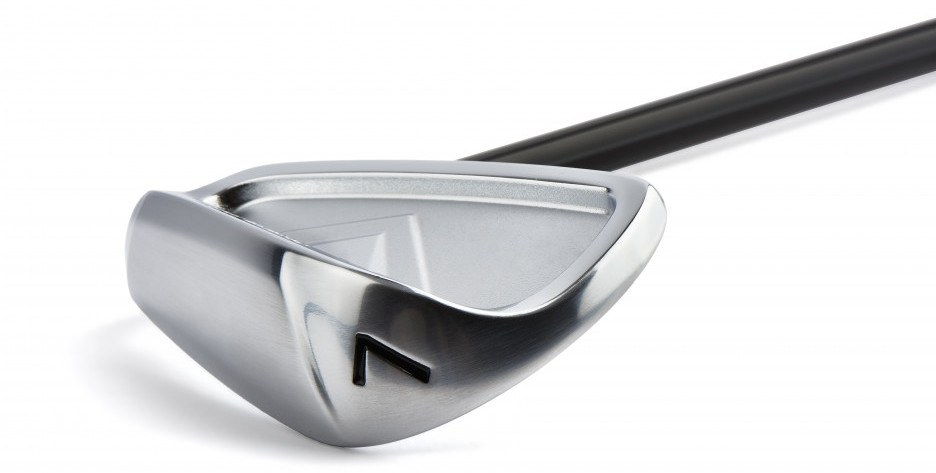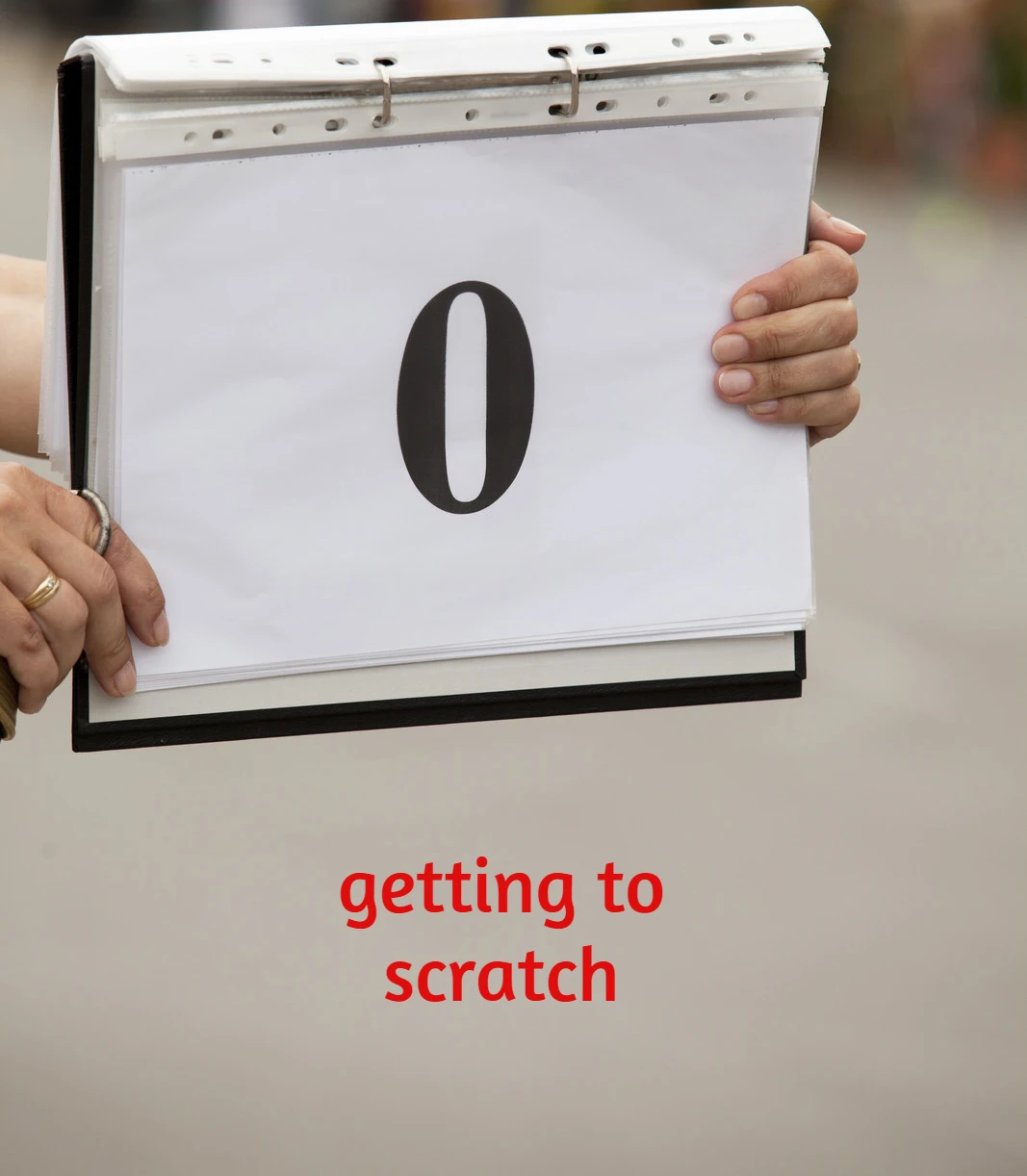Golf is a game of possibilities. Lay up or take on a forced carry? Fly it to the flag or run it up the green? Nowhere is this more obvious than when you play the longest holes on a course. What is the best way to play a par five? The answer is obviously ‘it depends’ but that doesn’t help much! Here are three strategies that you can adopt to get the best results depending on your handicap.
How High Handicappers Should Play the Par Five
High handicapper is a pretty vague notion, but let’s say that we are talking about anyone from the beginner golfer to someone who is happy when they shoot in the nineties. This might be your average recreational golfer. Par fives can be some of the most difficult holes for this category of golfer because they have to hit several shots with longer clubs on the same hole. It isn’t unusual to see scores in double figures on par fives from a 25 handicapper.
This shouldn’t be the case and can be avoided quite easily with a little bit of thought. It is important to think how par fives are generally designed. They are a three shot hole in theory: a tee shot, a second shot and then an approach shot into the green. This means that the trouble is going to be around where a driver might land (perhaps with a bunker or narrow fairway), where the second shot will lay up (usually bunker) and a green that is often designed for wedge approach rather than a longer club.
Our average 20+ handicapper needs to think about things a little bit differently. This golfer isn’t expecting to shoot par and on a lot of holes, playing for par is a mistake that leads to big scores on blow-up holes. If you are a 25 handicapper, you will be getting at least one shot on a par five, possibly two. A par is a bonus, a bogey fine and honestly, even a double isn’t the end of the world.
With this in mind, what should your strategy be? As odd as it seems, distance isn’t a priority on the longest holes. Even very good golfers can’t necessarily try for the green in two shots, so why should you aim for it in three? Added to this, you aren’t playing from the back tees and so the hole is perhaps not the monster that it is for the scratch golfer playing from the back tees.
Let’s take a typical example, a par five from a course I play quite often. From the back tees, this is a long hole, over 550 yards with an uphill tee shot and a blind second shot with out-of-bounds left. If you get it wrong, it can be expensive! Now let’s look at it a little bit differently. From the yellow tees which is where this type of golfer will be, it is still quite long, but a more reasonable 500 yards or so. If we stop worrying about hitting driver as far as possible, there is a nice, wide open landing area for a fairway wood, hybrid or whichever longer club is most comfortable.
The second shot no longer has to be a blind one flirting with out-of-bounds because we don’t need to be in a position to attack the green with the next shot. It becomes a comfortable mid iron, again to a very wide area of fairway. The thirds shot now is just another nudge forward leaving whatever your favourite distance might be into the green. Finally, we have that favourite shot into a big green, followed hopefully by two putts and we have nailed “our” par of six. More importantly, it has been a very stress-free six because we have never hit into the area designed to make the hole difficult.
This is the key. As soon as you leave par behind as an idea, most par fives become very simple. We avoid the trouble and can pick the distance of our final shot into the green. It might feel a bit strange to play something like hybrid, six iron, pitching wedge, sand wedge but it is a great strategy for a higher handicapper. As something like driver becomes more reliable, you can start to add it in off the tee and head towards the next category, the mid-handicapper player.
Par Five for the Mid-Handicap Player
Once more, this isn’t the most precise of categories, and it could include a lower handicapper who isn’t quite as long as some off the tee as well as a higher handicapper who has more distance than most or is a better ball-striker than his or her handicap might suggest. I would put myself in this group really at high single figures currently too.
We are, essentially, the target market of course designers when they create the lay out of the average par five. We will be hitting three shots into the green generally and trying to avoid the traps set for us off all three shots. We generally want to be shooting par on a par five too. This is the key though, par doesn’t mean we need to have an eagle putt every time! Watching the longer hitters on tour hitting a mid-iron into par fives might make us think that anyone who isn’t always looking to get on in two is a short-hitter.
Coming back to my previous example, the par five on my home course, this is about 550 yards from the back (white) tees. The tee shot is effectively a long way up hill because you are hitting into a big up slope. I am not the shortest hitter out there and really, there is no way that I can get there in two. I have seen one or two people do it, generally a couple of the younger players who are both very low handicappers and really long hitters. I have also seen the same golfers shoot double or more as they lose either the first or second shot out-of-bounds trying to get maximum distance!
This doesn’t mean that we need to rule out birdie though. As golfers who are perhaps between 8 and 18 handicaps, we should be able to hit the ball reasonably well, especially with a short iron or wedge. What we need to do is simply to play the hole backwards.
So for this par fiver, I will pick the distance that I want to have as my final shot. Let’s say that I feel very comfortable hitting a full gap wedge 110 yards. This means that I want to find myself at this distance with two shots played. I then think about the easiest way to get there. For me, this will be hit driver, but not try to absolutely smash it and aim for the open area just short of the trouble (narrow fairway). I will then have a nice five iron which will leave me with that 110 yards in.
Given that I am comfortable with this 110 yard shot, I am going to have a birdie putt. It almost certainly won’t be a gimme, but it will be one that I should make now and again. Most of the time though, I should be tapping in for par.
Is this sounds too simple, it really doesn’t need to be any harder than this. Of course, depending on the hole lay out, there may (should) be some sort of difficulty around the yardages we are laying up. However, the point is that we are hitting clubs that are quite comfortable for us and we should be able to avoid this trouble. This strategy is a safe way to play a par five until we take the next step up and look at it as low-handicapper.
How Should a Low Handicap Golfer Play a Par Five?
As previously, this isn’t a one size fits all solution. If you can smash it 330 yards with your driver like Bryson, you aren’t going to see the same hole as the better player who hits it 250 but makes everything on the greens. Generally though, for this category of player, par fives are an opportunity. If you are playing to low single figures, you will know your game well enough and generic advice isn’t going to help massively.
There is one thing that often strikes me about better golfers and it can be worth taking into account. Many of these golfers will think of par fives as being “two shot holes”. This usually means driver, three wood. Unfortunately, hitting a three wood into a par five green that is made to be attacked with a short iron is a tough shot. When it works, you can potentially have an eagle putt or a tap in birdie. When it doesn’t, it can be costly.
The key is to look at statistics over a longer period. Over a season, if this approach leads to a scoring average under five, stick with it. The occasional disaster isn’t worth worrying about. However, if this isn’t the case, another approach might be worth looking at and it is deliberately missing the green.
This might sound counter-intuitive, but a second shot doesn’t have to be either green or lay up. Aiming for the safe miss near the green can give a good golfer a very good chance of getting up and down for birdie quite often.
Back to my home course and the same par five. There is a line of bunkers around lay up distance from the green. The green itself has a horrible slope and rough over the back and out-of-bounds left. A three wood that hooks or runs through the green is dead. However, a five wood or hybrid to just short of the green but over these bunkers is a very safe shot and the chip that you will have left makes for a simple up and down for a good golfer with a tap in par if you miss. And if the hybrid/five wood comes out better than planned, it might end up on the green too.
How you play a par five is obviously dependent on handicaps, skill level and distance. They can vary from hugely intimidating for the beginner to the easiest holes on the course for a scratch golfer. The key is picking the right approach for your skill level and sticking to it.





